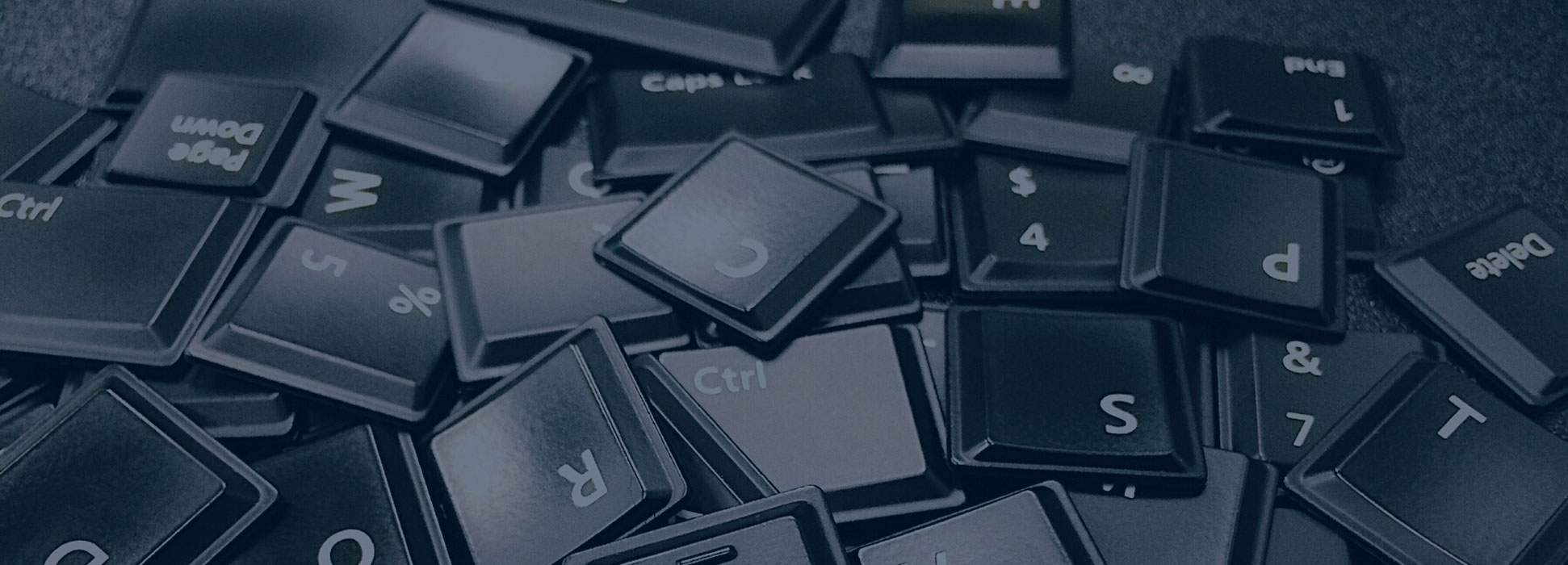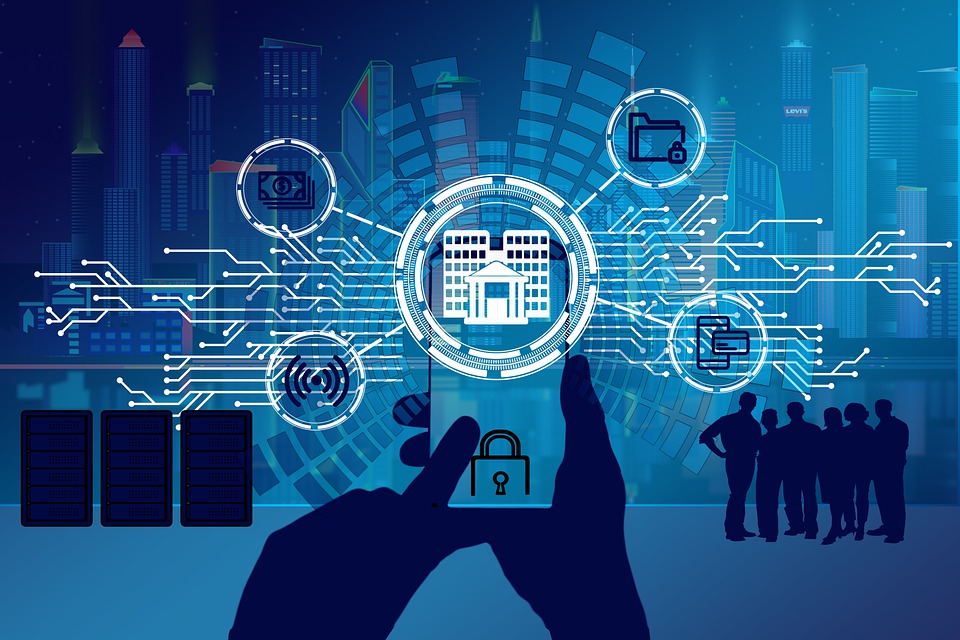Since the invention of the internet, many things have changed – including Online Banking. You used to have to go into a physical bank branch to make deposits and withdrawals, but now, you can take a picture of a check and deposit it from your phone. Are you doing everything you can to stay safe?
Approximately 73% of people around the world use some form of online banking at least once a month, for check deposits, account transfers, loan payments, and otherwise. Never has account access been so convenient – But that convenience comes at a cost.
In 2021, account takeover fraud increased by 90%. New account fraud jumped a stark 109%. As the ease of online banking has increased, so has the potential for banking-related cybercrime.
If someone breaches your Facebook account, it’s a real pain. If a hacker breaches your bank account, it can be devastating. Significant losses are with no ability to recoup from your financial institution are possible.
In the article ahead, we’ll take a look at some common mistakes people make that leave their accounts at risk. We’ll also give you some handy tips to secure them.
Mistakes That Allow Criminals to Access Your Account
Not Enabling Two-factor Authentication for Online Banking
Two-factor authentication (2FA) is a simple process that greatly increases your security position. Though it can feel cumbersome when enabled as it requires an extra step to gain access, this extra step can mean the difference between a compromised account and safety. The extra step usually consists of receiving a one-time passcode (OTP) via text and entering that generated code at login.
Many people make the mistake of leaving this disabled. They either don’t know it’s there, or they find it too inconvenient. The fact of the matter is leaving this setting off makes it much easier for a cybercriminal to breach your account.
Falling for a Phishing Scam
Several types of phishing scams target online banking. Cyber criminals often send emails that look like they come from your bank via a “spoofed” email. They often use persuasion tactics, like promising incredibly low rates on credit cards.
Other scams can look like warning you of unauthorized account activity. When you click the link to log in, you’re actually taken to a fake page. This page is designed to look just like your normal bank website, waiting for you to enter your login information.
Once your login credentials are entered, they’ll act immediately to get whatever they can.
Using Easy-to-Guess Passwords with Online Banking
If your account password is easy to remember, it’s also often easy to guess. Using weak passwords is one of the most common reasons cybercriminals are able to commit nefarious acts.
Best practices for passwords include:
· Make them at least 10 characters long
· No repeating numbers >2 in the password (ex. “222”)
· Include at least one number
· Include at least one symbol
· Include at least one upper-case letter
· Don’t make them personal (e.g., don’t use your birthdate, etc.)
Downloading Unsafe Mobile Apps
Banking trojans are often hidden in malicious mobile apps. These apps look like something as innocent as a task manager/tracker, but, once installed, banking trojans will begin looking for banking and wallet apps.
Logging Into Online Banking While on Public Wi-Fi
One very easy way to give away your online banking credentials is logging in while on public Wi-Fi. Hackers often hang around public hot spots and spy on the activity of others. They can even use something called a “Pineapple” to replicate the normal Wi-Fi signal of the area! You should never type sensitive details when connected to public Wi-Fi.
Tips for Improving Online Banking Security
Turn On Two-Factor Authentication
Enable two-factor authentication in your online banking account. This is also known as multi-factor authentication or two-step verification. According to Microsoft, it can block up to 99.9% of fraudulent account login attempts.
Set Up Banking Alerts for Online Banking
Breaches to your account are time sensitive. The faster you can notify your bank of the breach, the better. The notification will likely reduce the impact by having your account locked down immediately.
Set up banking alerts through your online banking system. Things like low-balance alerts and login alerts can help you identify activity you weren’t expecting.
Install an Antivirus & DNS Filtering On Your PC & Mobile Device
It’s very important to have reliable antivirus software on your PC and mobile device. Many people don’t think about antivirus for their phones, yet, they shop online and bank via these mobile devices.
It’s also good to use a DNS filter. This is a filter that protects you from going to dangerous phishing sites by blocking them.
Take Phishing Training Classes
Identifying phishing is one of the most important skills one can have in today’s age. Are you up on all the newest scams? If not, you can make yourself less vulnerable by taking some phishing awareness classes. There are many of these out there, for free, online.
Knowing how to spot phishing via text, email, and phone can help you avoid becoming a scam victim.
Get Help Protecting Your Family from Scams
There are some key digital solutions we can put in place to keep your family safer from online threats. Give us a call today to schedule a chat about online security.
Article used with permission from The Technology Press.

